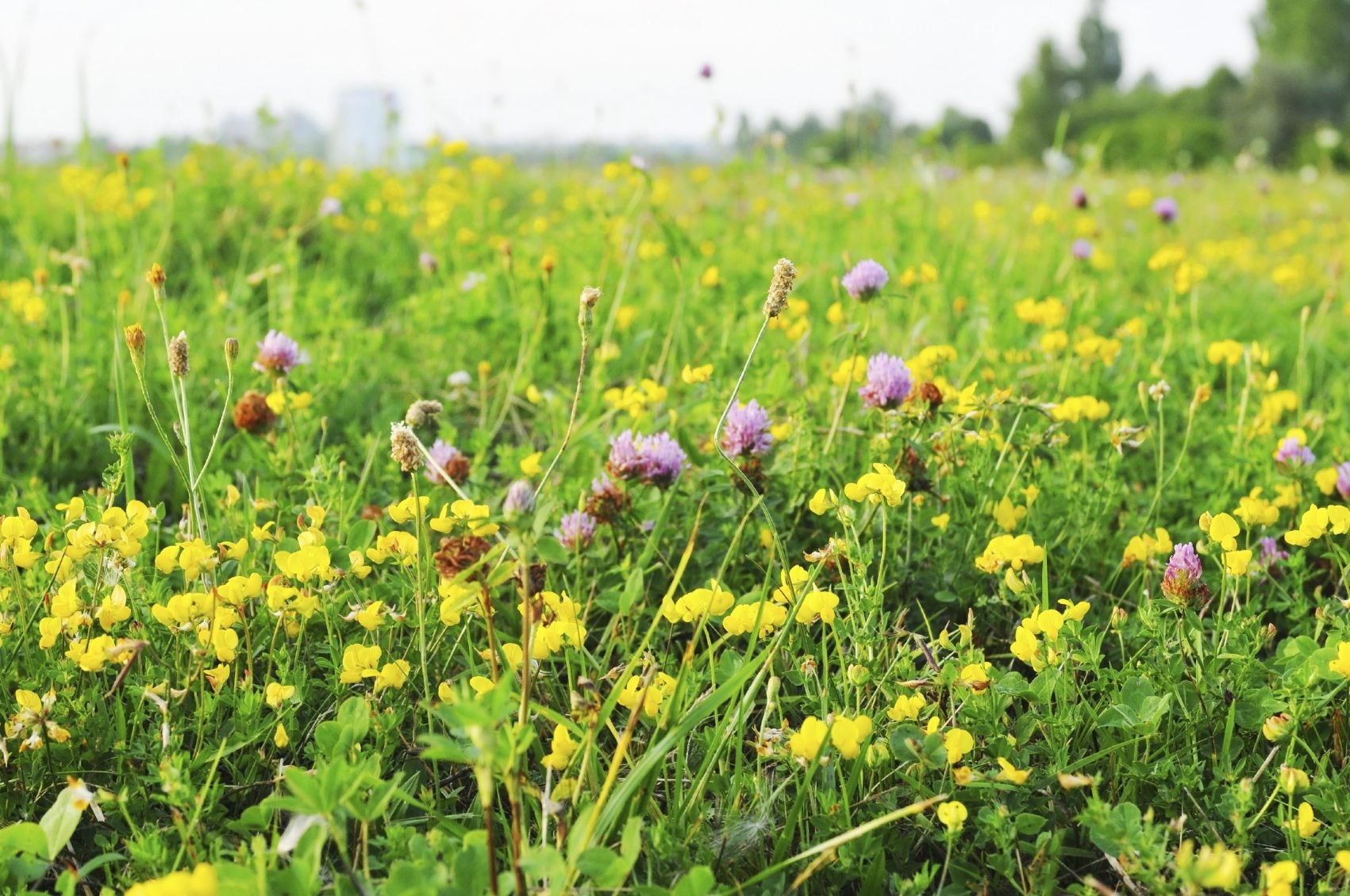Meadow Lawn Alternative: Learn About Planting A Meadow Lawn


A meadow lawn alternative is an option for homeowners who are tired of the labor involved in maintaining a traditional lawn, or for those who are concerned about the considerable environmental impact of watering, fertilizing, and weed control. Planting a meadow lawn is a lot of hard work initially, but once established, it requires very little upkeep. Turning lawns into meadows provides shelter for wildlife, attracts butterflies and native bees, preserves native plants, and nourishes the soil.
Turning Lawns into Meadows
Careful planning before you plant your meadow garden will prevent a multitude of headaches later on when it comes to meadow lawn care. You may want to start with a small meadow, especially if you want to retain a grassy area for picnics or for children to play. Native meadow plants require plenty of light and air, so be sure you have an open, sunny area. Research the laws and landscape ordinances in your area to ensure a meadow lawn is acceptable, then tell your neighbors your plans before you begin. Explain the many benefits of planting a meadow lawn. Although meadow lawn turf offers countless advantages over a traditional lawn, it doesn't have the green, manicured appearance that most people are accustomed to. You also need to decide if you want a meadow filled with annual wildflowers or perennial wildflowers and grasses. Annuals add color and beauty immediately but require replanting every year. A perennial meadow takes about three years for the long roots to fully establish but the plants need water only for the first season and rarely require replanting. Choose only native plants that are suitable for your climate. A local greenhouse or nursery that specializes in native plants can help you choose suitable plants. Beware of inexpensive seed mixes that may include non-native plants that can take over your meadow and spread to neighboring lawns and fields. Plugs or starter plants work well for a small area, but seeds may be the best way to go if you're planting a large meadow. A specialty garden center or the Cooperative Extension Service office in your area can help you determine the best way to remove existing vegetation and prepare the ground for planting. They can also advise you on how to plant and maintain your meadow.
Gardening tips, videos, info and more delivered right to your inbox!
Sign up for the Gardening Know How newsletter today and receive a free copy of our e-book "How to Grow Delicious Tomatoes".

A Credentialed Garden Writer, Mary H. Dyer was with Gardening Know How in the very beginning, publishing articles as early as 2007.
-
 8 Perfect Flowers To Plant With Tomatoes To Boost Yields & Banish Pests
8 Perfect Flowers To Plant With Tomatoes To Boost Yields & Banish PestsDon’t forget flowers when choosing companion plants for your tomato beds or pots. These pretty, fragrant blooms add beauty but are also highly beneficial.
By Mary Ellen Ellis
-
 Want The Longest Lasting Hydrangea Flowers? Grow These 8 Panicle Hydrangea Varieties
Want The Longest Lasting Hydrangea Flowers? Grow These 8 Panicle Hydrangea VarietiesFor ornamental shrubs that deliver the longest flowering seasons with plush blooms and delicate hues, these panicle hydrangea varieties are essential in your yard
By Tonya Barnett